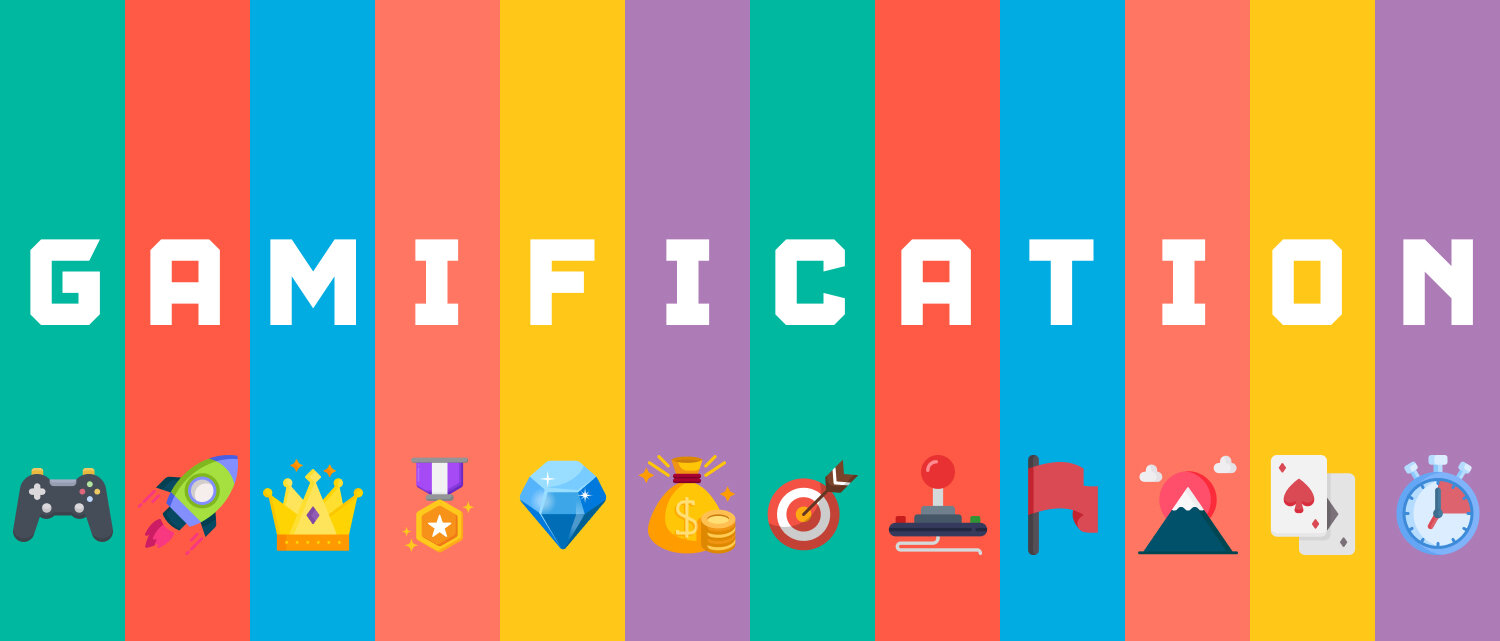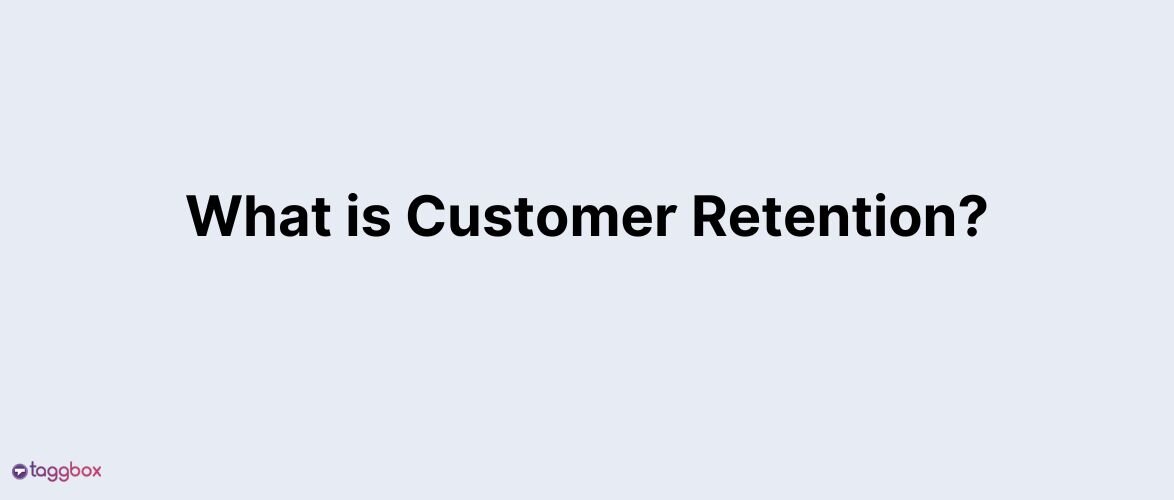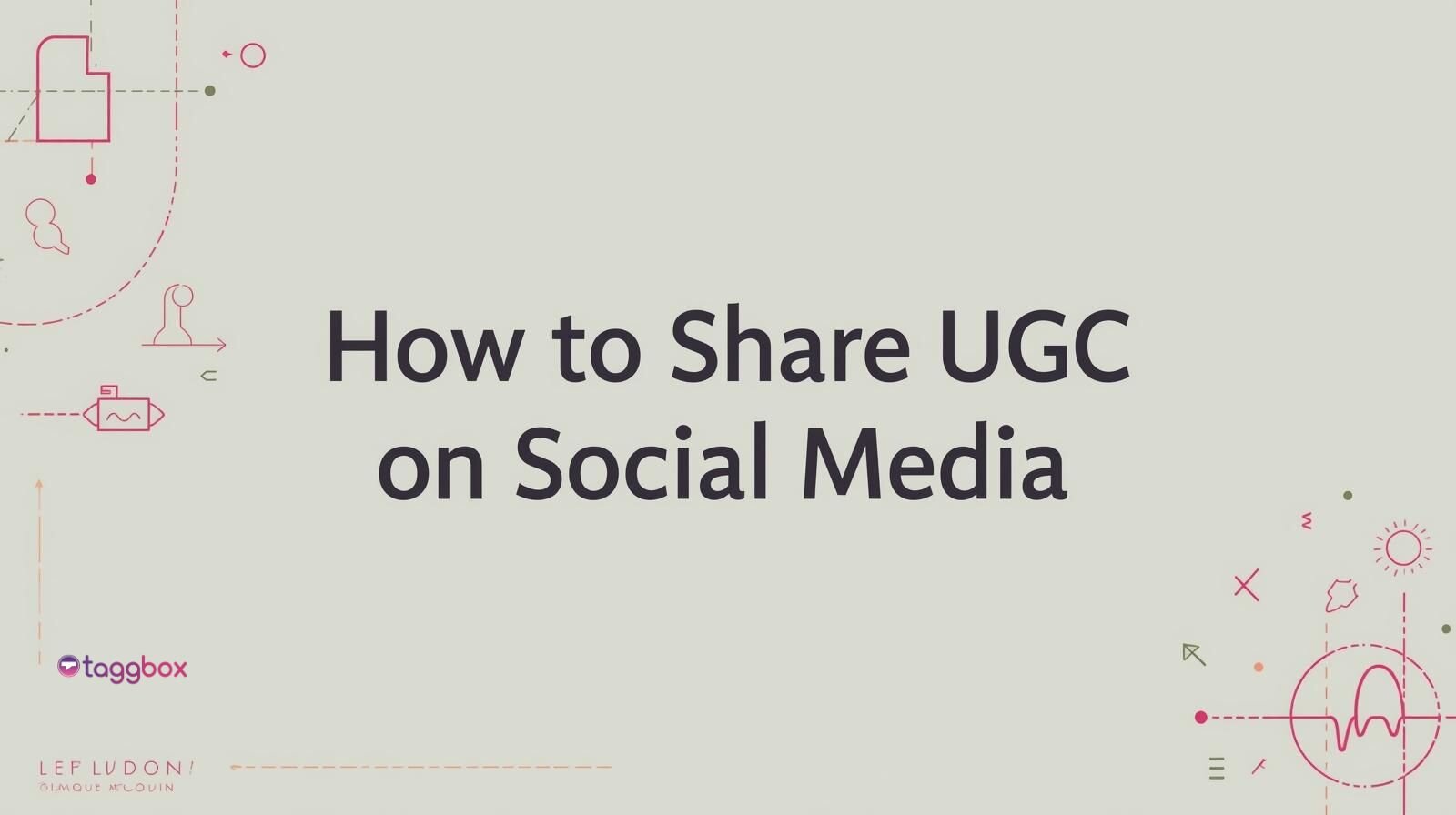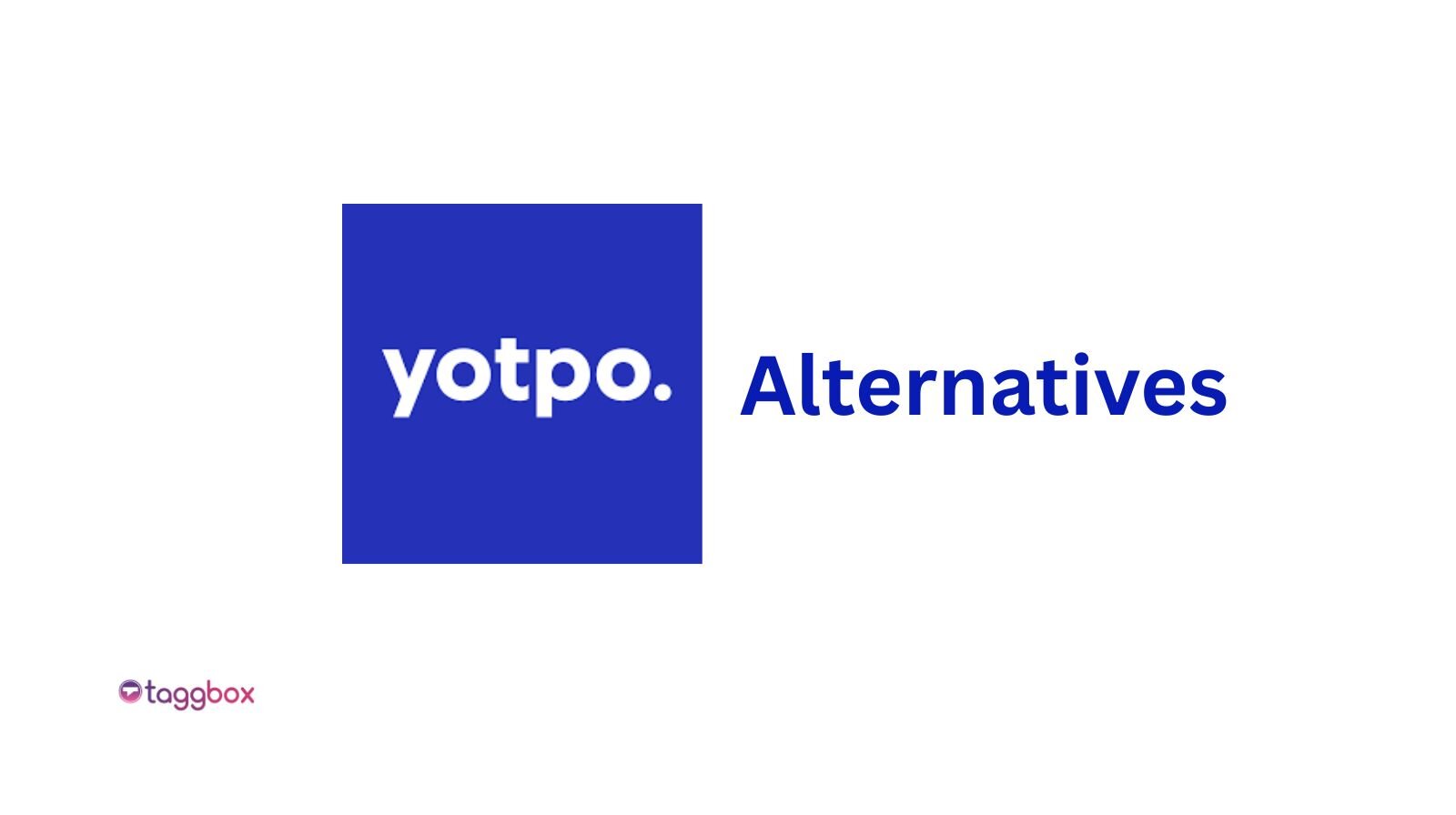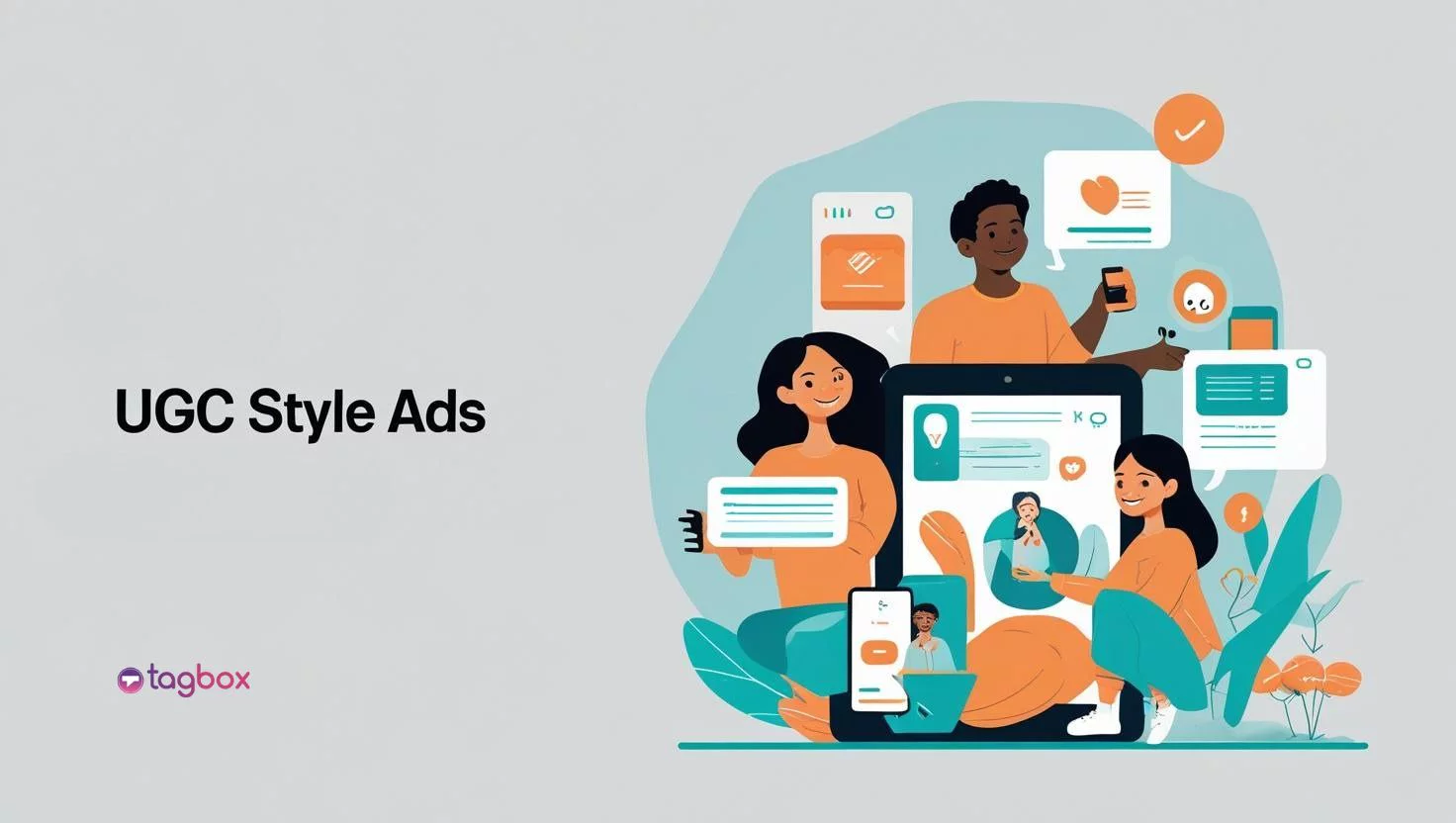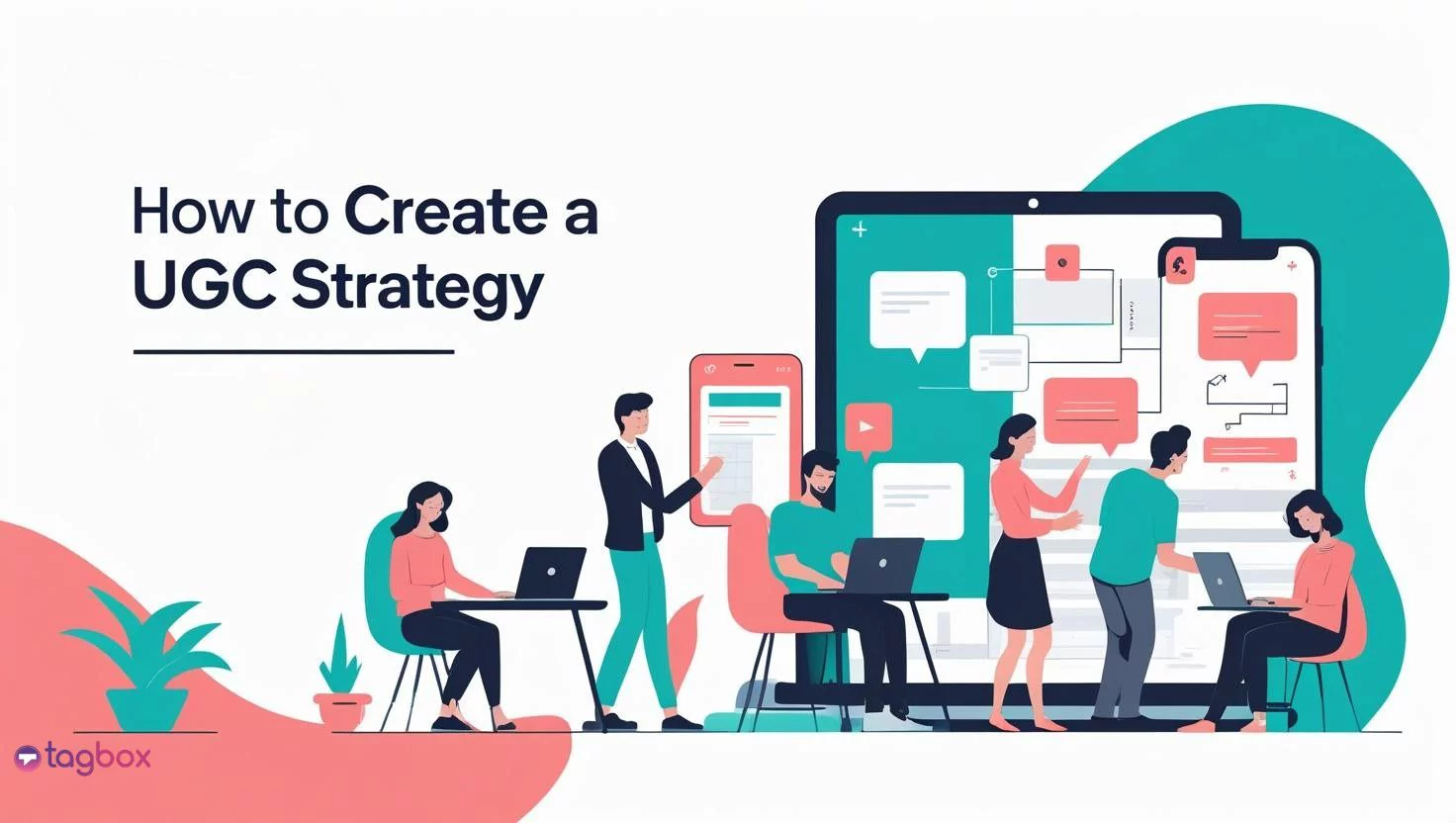Read summarized version with
The love for fun and games has been inevitable since ancient times. The only difference is that we do not require a ground to play. We need our devices and a comfortable place to sit, that’s all.
Studying this journey from ground to consoles, some marketers noticed how much everyone loves games, regardless of age, and coined a new term, “Gamification Marketing.”
So, now that you know what I’m talking about, let us start with What gamification marketing is.
What is Gamification Marketing?
Gamification marketing is a strategy that incorporates game-like elements, mechanics, and design principles into marketing campaigns and activities to engage and motivate customers, employees, or other target audiences. Gamification marketing aims to encourage participation, boost user engagement, and foster brand loyalty by making marketing experiences more enjoyable and rewarding.
According to Taggbox, “Gamification Marketing is the strategic use of game design elements, mechanics, and principles in non-game contexts, like marketing campaigns or business processes, to engage and motivate audiences. It encourages specific behaviors, increases interaction, and fosters brand loyalty through fun and interactive elements.”
There are many ways in which brands are using gamification marketing, such as
- loyalty programs
- interactive quizzes
- polls
- virtual challenges
- social media challenges, etc.
Let’s have a look at a few brands and gamification marketing examples that have been successful with their strategies.
Gamification Marketing Examples
Many of our favorite brands have used this gamification marketing strategy for a while. Let us introduce you to some of them.
1. Duolingo

Duolingo is the best example of Gamification marketing, and the language learning champ knows how to make education fun! They’ve turned language learning into a game with cool rewards like
– Leveling Up
– Earning virtual coins
– Daily goals
– Streaks
These elements keep you hooked, feeling like a champ every day. You can even compete with friends and work as a team!
But wait, there’s more! Duolingo’s cute owl mascot guides you through the journey, adding a touch of fancy to your learning experience. The interactive lessons are like mini-games, making language learning feel like a breeze.
2. Doritos Roulettes

Doritos took snacking to a daring new level with their gamification marketing campaign for “Roulette,” a bag of chips packed with fiery spice.
In North America, they challenged consumers to take a risk and try these chips, knowing that one chip in the bag would deliver an extra spicy punch.
But here’s where it gets fascinating – Doritos gamified the whole experience by encouraging fans to create and share their “Roulette” challenge UGC videos!
Snack enthusiasts couldn’t resist the thrill, and soon, social media was flooded with user-generated content of people daring to snack away on Doritos Roulette.
3. Headspace

Headspace is the best Gamification marketing example, and the meditation and mindfulness app has masterfully integrated gamification marketing and playfulness to make wellness a delightful journey.
Drawing inspiration from games, they’ve transformed the typically severe practice of meditation into an engaging and enjoyable experience Through:
– Playful animations
– Cute characters
– Rewarding milestones
Headspace takes users on an adventure toward inner calm and clarity. Progressing through levels and earning badges for consistent practice keeps users motivated, like a quest to unlock their full potential.
It’s a win-win for relaxation seekers and those eager to embrace a more playful and centered lifestyle.
4. Loreal
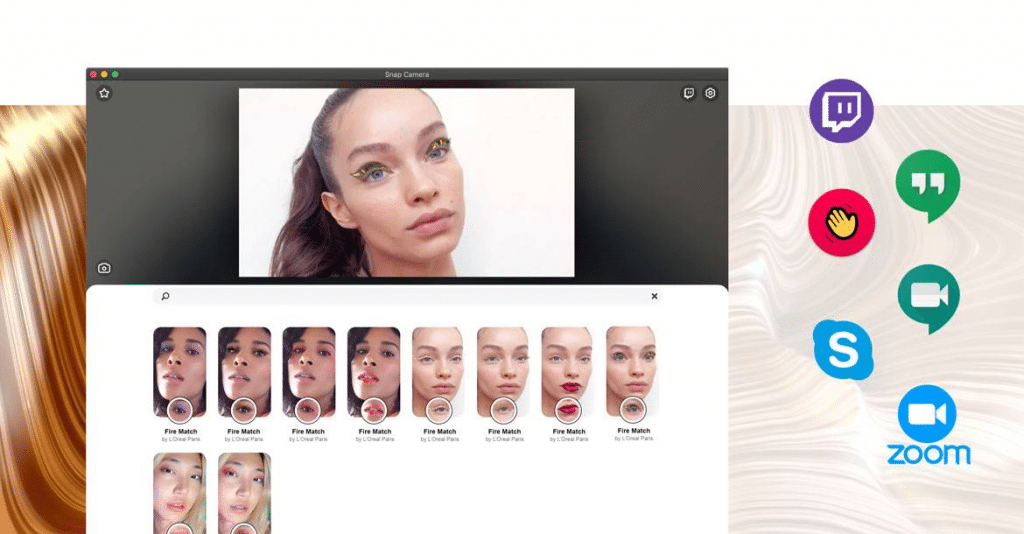
L’Oréal is taking its gamification marketing to another level with its virtual makeup filters! It’s like a fun dress-up game on your phone or computer, where you can try on an array of lipstick shades, eyeshadows, and blushes without mess.
Users can get creative and experiment freely – mix, match, and quickly discover your perfect look. L’Oréal’s gamification marketing strategy lets you express yourself boldly while enjoying every moment of this beauty adventure.
No need to worry about commitment; this virtual playground encourages you to play around until you find your ideal style. L’Oréal’s perfect fusion of technology and gamification has revolutionized how we discover makeup, making it a personalized and joyous experience for everyone.
How to Include Gamification In Your Marketing?
Now that you know how to start before you dig into brainstorming strategies for your gamification marketing campaign, I have a list of tried and tested strategies that have worked well for brands.
1. Interactive Content:
Include interactive elements like quizzes, polls, or puzzles in emails, encouraging recipients to actively engage with the content and share their results with others. You can use tools like Opinion Stage to create interactive polls and quizzes.
2. Scratch Cards and Spin Wheels:
Use gamified features like scratch cards or spin wheels that offer personalized rewards. Recipients can interact with the email to reveal their special deals and share their winnings on social media.
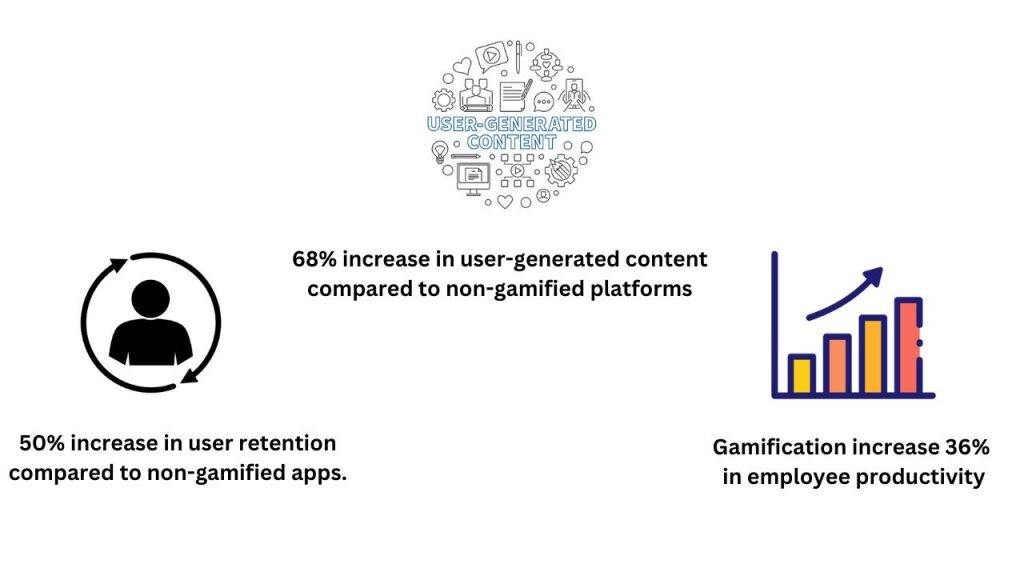
3. Progression-Based Campaigns:
Design email campaigns with a sense of progression, where subscribers unlock exclusive content or rewards as they interact with subsequent emails. Encourage them to share their achievements on social platforms.
4. Gamified Surveys and Feedback:
Incorporate gamified surveys or feedback forms with incentives for completion. Request user-generated reviews and testimonials, motivating recipients to share their experiences.
5. Contests and Challenges:
Host gamified contests or challenges within emails, prompting recipients to participate and submit their UGC. Ask them to share their entries or invite friends for additional rewards.
6. Personalized Rewards:
Tailor rewards and incentives based on user behavior and preferences. Showcase UGC featuring customers enjoying their personalized rewards to encourage others to participate. A great example of this is the achievements program that Honeygain implemented. There are a lot of different badges for various tasks. Therefore, each user’s achievements look unique.
7. UGC Sharing and Social Proof:
Encourage recipients to share their gamified experiences and rewards on social shopping platforms. Display UGC featuring happy customers in your emails to build social proof and inspire others to engage.
Gamify Your Next Marketing Campaign
Gamification Marketing Strategies
I am sure you are convinced about using gamification marketing in your campaigns, so let me help you get started.
1. Start with a Clear Strategy:
Define specific KPIs and objectives for your gamification campaign. Are you aiming to increase user retention, boost referrals, or gather valuable user data? Knowing your goals will guide the entire process.
2. Understand Your Audience’s Motivations:
Conduct thorough audience research to understand what motivates your target customers. Are they driven by competition, rewards, social recognition, or personal growth? Tailor your gamified experience to align with their preferences.
3. Gamify Your Core Product or Service:
Integrate gamification directly into your product or service rather than adding it separately. This ensures a seamless user experience, making it more engaging and impactful.
4. Design Compelling Game Mechanics:
Choose game mechanics that match your objectives and resonate with your audience. For example, a point-based system can encourage repeat purchases, while challenges and quizzes can drive knowledge acquisition.
5. Create a Sense of Progression:
Implement a well-defined progression system that allows users to level up, earn rewards, and unlock new features as they achieve specific milestones. Progression adds excitement and encourages continuous engagement. This is the “sense of progression and accomplishment” suggested by mobile user acquisition consultant Matej Lancaric.
6. Personalize the Experience:
Utilize data-driven insights to personalize the gamified experience for individual users. Tailor challenges, rewards, and content based on their behavior, preferences, and demographics.
7. Utilize Social and Competitive Elements:
Tap into users’ social nature by incorporating leaderboards, competitions, and team challenges. Social proof and friendly competition can boost engagement and foster a sense of community.
8. Offer Meaningful Rewards:
Ensure that your rewards are desirable and relevant to your audience. Tangible incentives like discounts, freebies, or exclusive access can motivate users to participate actively.
9. Leverage Real-Time Feedback:
Provide immediate feedback and encouragement during the gamified experience. Celebrate achievements and progress to keep users motivated and engaged.
10. Measure and Optimize:
Continuously monitor the performance of your gamification efforts. Analyze user behavior, retention rates, and conversion metrics to identify areas for improvement and optimize your strategy.
11. Foster Long-Term Engagement:
To maintain interest over time, introduce periodic updates, new challenges, and limited-time events. This keeps the experience fresh and encourages users to return for more.
Benefits of Gamification in Marketing
Let’s see what you gain after using Gamification marketing in your campaign and how it will benefit you.
1. Increased Engagement:
Gamified experiences capture users’ attention and create an immersive environment, leading to higher engagement rates. Customers are more likely to interact with your brand, spend more time on your platforms, and return for more.
2. Enhanced Brand Awareness:
Gamification often sparks curiosity and excitement, leading users to share their gamified experiences with others. This word-of-mouth marketing boosts brand visibility and extends your reach to new potential customers.
3. Improved Customer Loyalty:
By rewarding and recognizing customer achievements, gamification nurtures a sense of loyalty and satisfaction among your audience. Happy customers are likelier to remain loyal to your brand and become advocates, driving referrals.
4. Data Insights and Personalization:
Gamified interactions provide valuable data on user preferences, behavior, and engagement patterns. This information enables you to create personalized experiences, tailor marketing campaigns, and deliver relevant content to each customer.
5. Fostering Learning and Product Adoption:
Gamification can simplify onboarding processes and educate users about your products or services. Customers are more likely to understand and adopt your offerings by making learning fun and interactive.
6. Social Media Amplification:
Gamified experiences, such as contests or challenges, encourage social sharing. Users sharing their achievements or experiences on social media increase your brand’s exposure and drive organic reach.
7. Increased Conversions and Sales:
Gamification stimulates users to complete desired actions, such as purchasing or signing up for a newsletter. The element of fun and rewards can lead to higher conversion rates and drive sales.
8. Deeper Customer Insights:
Gamified interactions encourage customers to participate and provide feedback actively. This feedback can offer valuable insights into customer preferences, pain points, and expectations, aiding in continuous improvement.
9. Emotional Connection and Brand Loyalty:
Gamification taps into users’ emotions, creating positive and enjoyable experiences. These emotional connections build stronger brand loyalty, leading to long-term customer relationships.
10. Competitive Advantage:
Adopting gamification sets your brand apart from competitors, positioning your business as innovative and customer-centric. It can be a unique selling point that attracts and retains customers.
Conclusion
Gamification marketing taps into the universal love for fun and games, engaging audiences and driving business success.
From language learning with Duolingo to spicy snacking with Doritos, successful examples demonstrate the power of interactive experiences.
The benefits include increased engagement, enhanced brand awareness, improved customer loyalty, and valuable data insights.
By leveraging gamification’s emotional connections and amplifying social reach, brands can boost conversions and gain a competitive edge.
Embrace gamification to forge lasting connections with your audience, inspire loyalty, and make your brand stand out in the dynamic world of interactive marketing.

